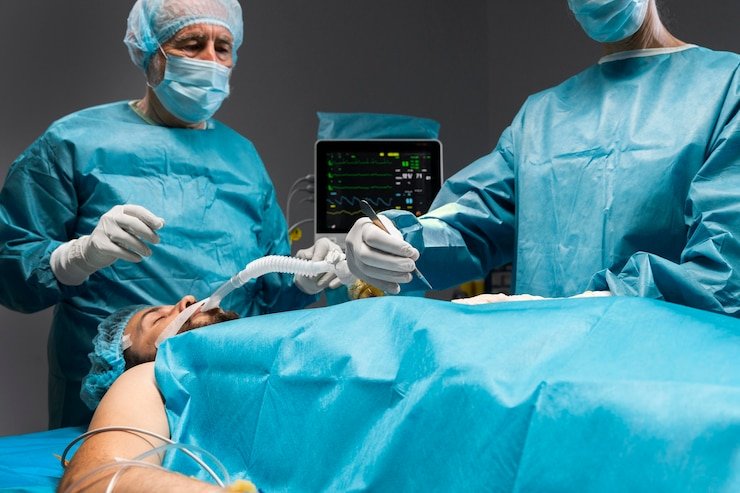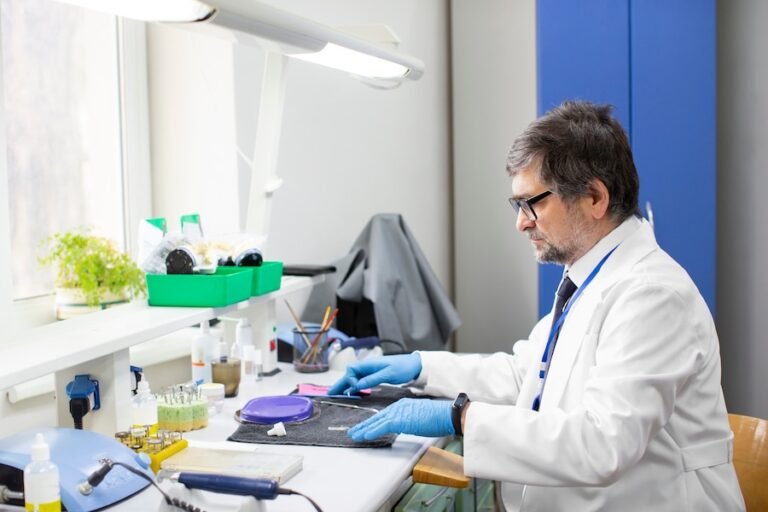Surgical Techniques In Microlaryngeal Surgery
Micro laryngeal surgery, also known as laryngeal microsurgery, is a specialized field within otolaryngology dedicated to the diagnosis and treatment of various laryngeal pathologies. This delicate procedure involves intricate surgical techniques performed under magnification, typically utilizing a microscope or endoscope, to achieve precise interventions on the laryngeal structures. Over the years, advancements in technology and surgical approaches have significantly improved outcomes and expanded the scope of micro laryngeal surgery. In this article, we delve into the latest surgical techniques employed in micro laryngeal surgery and their implications for patient care.
To Know More About It Please Click Here
Evolution of Surgical Techniques
Microlaryngeal surgery has evolved significantly since its inception, with a shift towards minimally invasive approaches and preservation of laryngeal function. Traditional techniques involved direct laryngoscopy with suspension micro laryngoscopy, whereas modern approaches increasingly utilize rigid or flexible endoscopes for improved visualization and access to the larynx. These advancements have reduced patient morbidity, enhanced surgical precision, and accelerated postoperative recovery.
Endoscopic Microsurgery
Endoscopic microsurgery represents a cornerstone in contemporary microlaryngeal surgery. This technique employs high-definition endoscopes coupled with specialized instruments to perform precise interventions under magnified visualization. Endoscopic approaches offer several advantages, including improved visualization of laryngeal structures, reduced trauma to surrounding tissues, and shorter hospital stays. Common procedures performed via endoscopic microsurgery include vocal cord polypectomy, vocal fold cyst removal, and laser-assisted laryngeal surgery.
Laser Surgery
Lasers have revolutionized the field of micro laryngeal surgery by providing precise tissue ablation while minimizing collateral damage. Various laser modalities, such as carbon dioxide (CO2) laser and potassium-titanyl-phosphate (KTP) laser, are utilized based on the specific characteristics of the lesion and desired tissue effects. Laser surgery is particularly beneficial for treating benign and malignant laryngeal lesions, vocal fold lesions, and glottic stenosis. It allows for targeted tissue removal with minimal bleeding, reduced scarring, and preservation of vocal function.
Microdissection Techniques
Microdissection techniques involve the use of specialized instruments, such as microscissors and microforceps, for precise dissection and tissue manipulation during microlaryngeal surgery. These instruments enable surgeons to delicately dissect tissues layer by layer, facilitating the removal of lesions while preserving surrounding healthy tissue. Microdissection techniques are commonly employed in procedures such as vocal fold biopsy, laryngeal framework surgery, and thyroplasty. They play a crucial role in achieving optimal functional outcomes and voice preservation.
Injection Laryngoplasty
Injection laryngoplasty, also known as vocal fold augmentation, is a minimally invasive procedure used to improve vocal fold function and treat vocal fold paralysis or insufficiency. During the procedure, injectable materials such as hyaluronic acid, calcium hydroxylapatite, or autologous fat are injected into the vocal fold to restore its contour and improve vocal fold closure. Injection laryngoplasty can be performed under direct laryngoscopy or endoscopic guidance, offering a safe and effective treatment option for patients with voice disorders.
Conclusion:
Surgical techniques in micro laryngeal surgery continue to evolve, driven by advancements in technology, surgical instrumentation, and understanding of laryngeal anatomy and physiology. The adoption of minimally invasive approaches, endoscopic visualization, laser technology, and microdissection techniques has transformed the field, enabling surgeons to achieve optimal outcomes while minimizing patient morbidity. As research and innovation in micro laryngeal surgery progress, it is anticipated that further refinements in surgical techniques will continue to enhance patient care and improve treatment outcomes for laryngeal disorders.
Also, Follow us on Instagram








